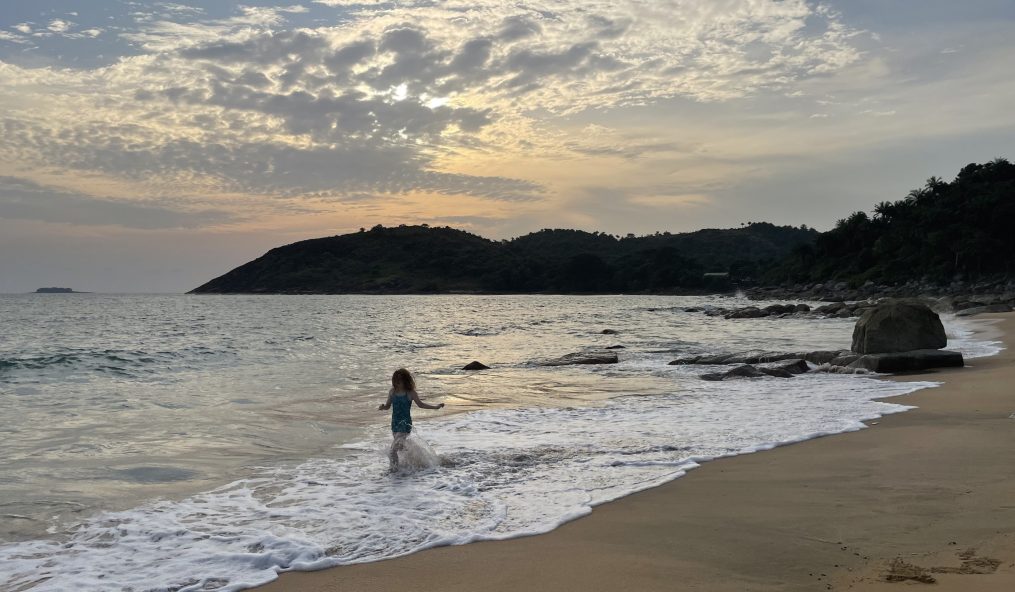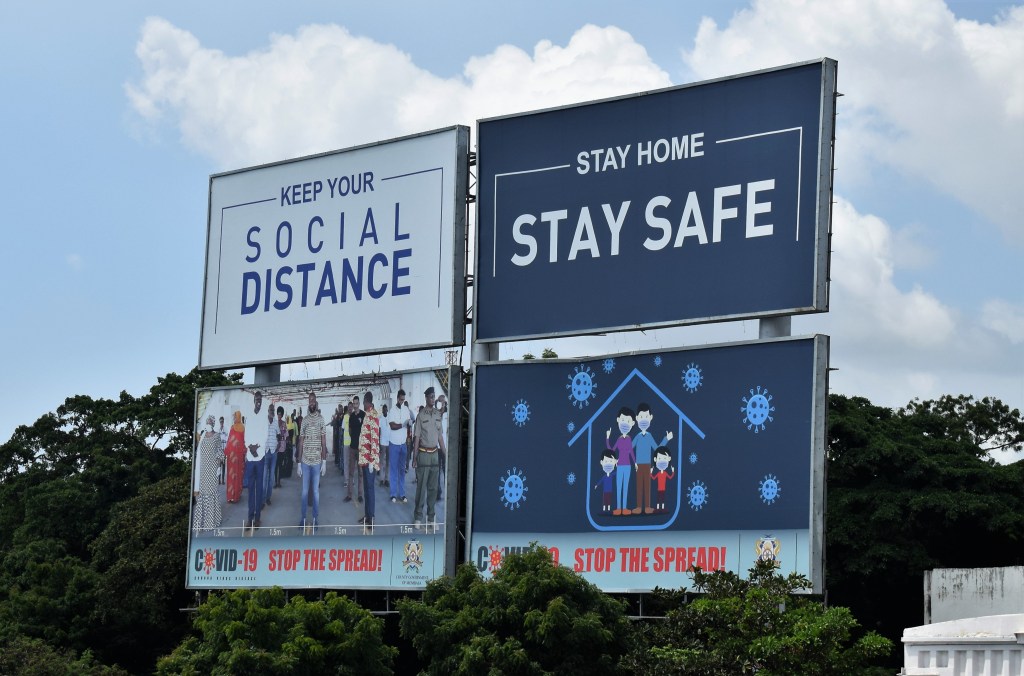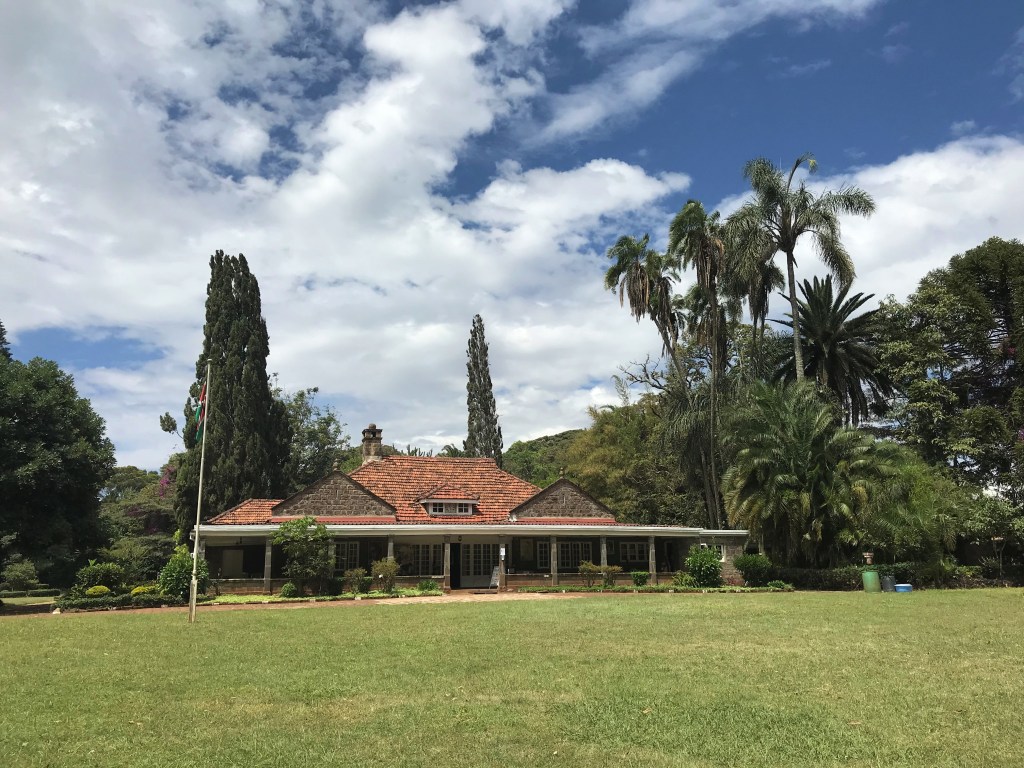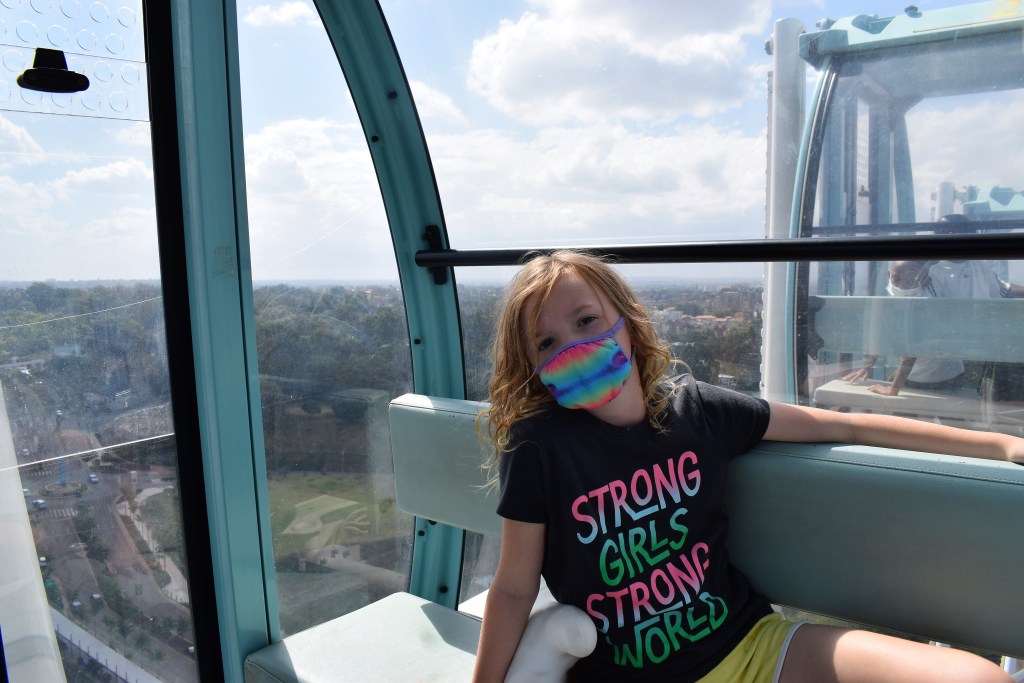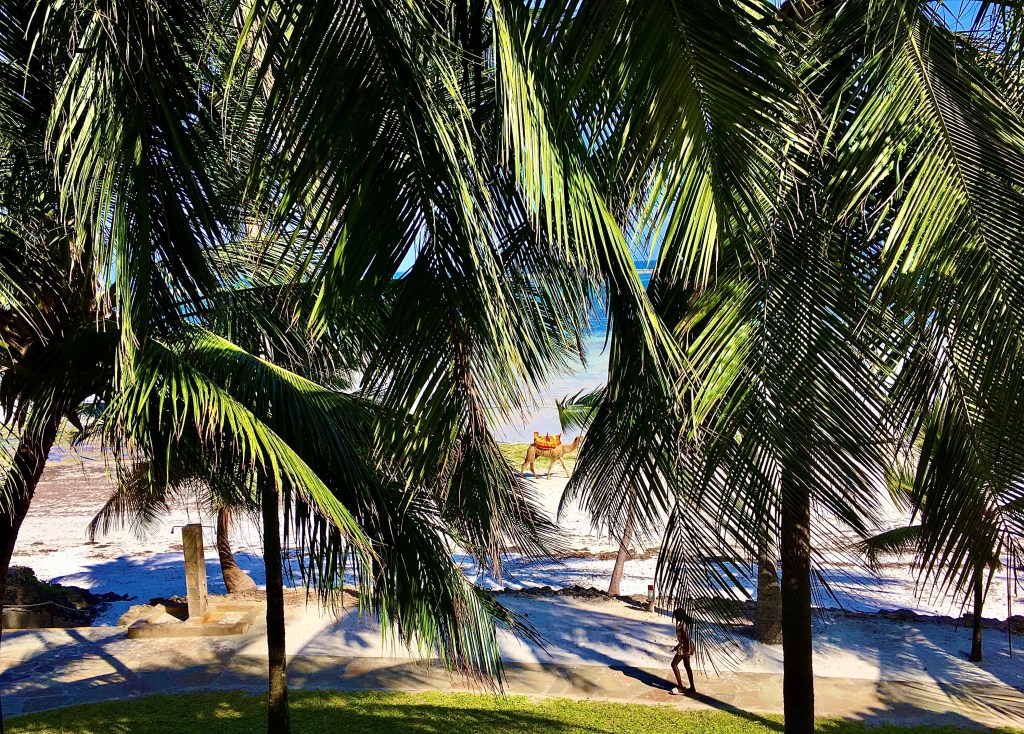The sixth and final post in my series on our R&R in the time of COVID.
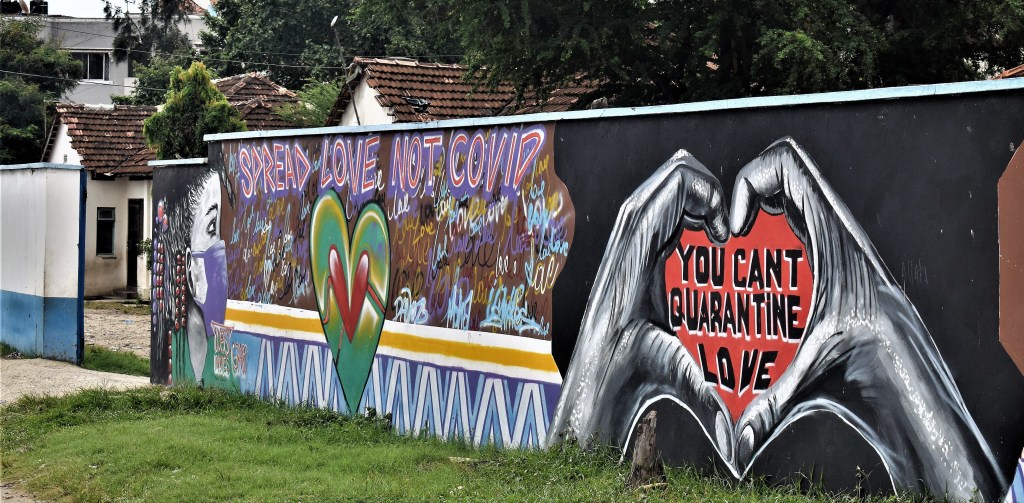
I did not decide to take my Rest and Relaxation travel in the time of COVID lightly. And my selection of Kenya as a destination had as much to do with its close proximity to Malawi as what I perceived as a fairly robust response to COVID in order to keep the country open for tourism. I liked that only a negative PCR COVID test was required to enter, i.e. no quarantine. But once there I found myself incredibly impressed with the government was handling COVID.
I will say off the bat — this is my opinion on the Kenyan government response based on my perceptions as a tourist there for three weeks in December 2020. Others who have lived through the pandemic in Kenya may have very different thoughts on the government response. However, I looked at it through the lens not only of a traveler but also as someone who has experienced the pandemic firsthand in another sub-Saharan African country, including following the politics closely for my work.
From our first day in Kenya, we felt the effects of government measures to contain the pandemic. The hotel where we stayed first had been closed for several months but then re-opened with temperature checks, hand sanitizing stations, a plastic barrier between the guests and check-in staff, and limited items left in the room (no complimentary pads of paper and pen, no hotel directory, no room service menu). It felt alien, somewhat surreal, and yet I understood that this was part of the contract to which we agreed to travel in the time of COVID.
However, it was really once we got on the road – both out and about in Nairobi and further afield – that I really saw how Kenya was tackling the pandemic.
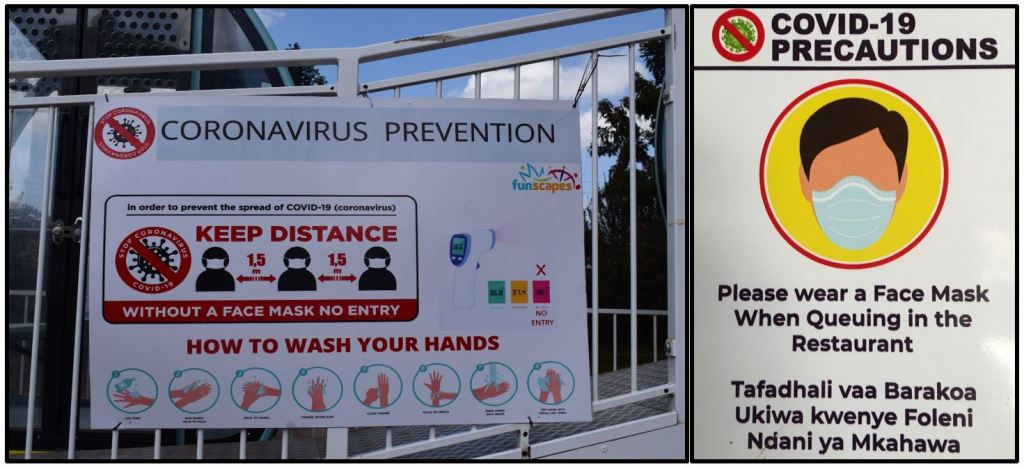
Signage was ubiquitous. All around us, in airports, hotels, shopping centers, restaurants, stores, museums, and parks, there were signs reminding the public of the necessity to adhere to COVID-19 mitigation measures (wearing a mask, washing your hands, maintaining social distance) and sometimes the penalties for failure to do so — usually denial of entry into whatever location but also fines. And there was serious follow-through. At every hotel we stayed we were greeted with an antiseptic wash and a thermometer and mask use in public areas was mandatory.
Our hotels in the Masai Mara, Lake Naivasha, and Mombasa were all owned by the same company and each served buffets in large dining areas. I had some concerns with how the hotels would manage this is in a pandemic but they had pretty good systems in place. In one we had a set table for the duration of our stay, at another they provided an envelope for your mask at each sitting. The key part was mask usage while in lines to get food was mandatory as was social distancing and you could not serve your own food. One breakfast at the buffet in Mombasa, some guests did not sufficiently distance themselves from one another while in line for the omelet station and a chef — who could have been a bouncer in another life — informed them they had better spread out or risk being asked to leave. I was impressed.
It was maddening getting the food though. In what would normally be self-service, no guest could pick up their own plate from the plate stack or pick up any foodstuffs themselves. You had to point at each item you wanted for a masked and gloved server to provide. This made absolute sense and was no doubt required by the government, but made for some awkward (at least in my own mind) situations. Me to server: I would like some of the mozzarella, please. The server places one slice of cheese on my plate. Me: May I have some more, please. The server places another slice on the plate. Me: I would really like a few more slices, thank you. And then me feeling as if I needed to slink off and guiltily eat my bounty of cheese excess (or hummus — I asked for a lot of hummus too) away from judging eyes.
While our mask usage has been somewhat limited in Malawi (mostly because we spend so much time at home with the limited places to go; school-when it is in session, work-when I got to the office, the once a week supermarket run, and when picking up food) it became much more regular in Kenya. Except for when we were in our respective rooms, we needed our masks on. To enter any shopping center we had to pass through a combined security (metal detector, bag search) and COVID mitigation measure (handwashing, temperature check, face mask) check. Even once inside the mall, most individual stores also placed workers at the entrance to confirm face mask usage and to squirt anti-septic into the hands of every customer.

In was in Mombasa that the Kenyan government and societal efforts to fight the pandemic really came to the fore. Here we stayed at our busiest and most crowded hotel, yet they had the most rigorous COVID-19 mitigation measures. And out on the town there were prominent signs – eye-catching billboards and stunning graffiti – promoting mitigation measures and celebrating health care staff. And perhaps the most extraordinary was that everyone was wearing masks. I mean everyone. As we took a taxi from the airport to the hotel, I noted the many mini buses in traffic. I asked our driver about them and he complained about their poor driving and that they didn’t really follow the rules, but as I looked over at them and saw that middle seats were empty and every passenger had on a mask. That had lasted about all of a week in Malawi. As we drove through traffic — on that trip and on our city tour — we saw lots of pedestrians on the road and they were all wearing masks. In Malawi, earlier in the pandemic there was an uptick in mask usage even with the pedestrians who walk to work along the roadside, but again, that practice only lasted a short period. And perhaps the most extraordinary sight were the beggars in traffic, also all masked up.
Transportation also seemed to take COVID seriously. In Nairobi we used Uber, and every ride we booked reminded us that we needed to wear masks in the vehicle and guaranteed that our driver would do the same. Some drivers took extra steps, providing antiseptic wipes or liquid in the back pockets of the front seats or even installed a plastic barrier between the driver and passenger. Maybe this is happening all over the world, but I have only experienced the pandemic in Malawi and Kenya. And I do not take public transportation in Lilongwe. But I was nonetheless impressed with the Kenyan approach to transport during COVID.
The final bit that impressed me was when we went to the Nairobi Hospital to get our testing for our return. Searching online for testing sites I was overwhelmed with the options and asked the very helpful hotel manager for assistance. He had a doctor on speed dial at the Nairobi Hospital and rang her for advice. She suggested that we arrive early in the morning on a Monday and sent us all the forms to complete prior to showing up. We arrived around 8 in the morning to the COVID testing center set up in the front parking lot of the hospital. We were immediately greeted by a medical assistant in full Personal Protective Equipment (PPE) who took our forms and asked us to sit in the outdoor waiting area where plastic chairs were set out for social distancing. Compare this to our experience in Malawi where the single person on duty for testing failed to wear even a mask as he greeted us (though changed later) and ran out of forms. And as we sat in the waiting area new patients, people we did not know, sat down *right* next to us despite many other seats available.
We waited maybe 15 minutes before being called into another tent to pay for the procedure. The cashier accepted only cashless payment — either by credit card or electronic payment. We were promptly issued a printed out receipt. While back in Malawi they were unprepared to accept payment on the day of our testing and on the day we picked up our test results we had to meander through the hospital to find the payment location, where we paid in cash and they hand wrote us receipts that were not easy to read (and no wonder that later at least one person was later arrested for providing fake certificates). After payment in Nairobi, we returned to the outdoor waiting area before being called up to the testing tent where they administered both a nose and a throat swab. And then we were done. Before 6 PM that evening I received an email from the hospital with our test results! Again compare that to Malawi where we returned to the hospital (and again entered the building) several days later and had to assist the staff to sift through the papers to find those with our names on them. The organization in Nairobi was excellent.

There are so many misconceptions about COVID in Africa and about Africa itself. We have heard in Malawi, like in other countries, there are some that do not believe the virus is real, that it is some kind of ploy. There are also those who think that COVID is a western disease and that Africans are less susceptible (and given the African continent makes up less than 4% of total worldwide reported infections it is not so hard to see where this perception is not far from the truth). But there are also those outside the continent who I suspect think that an African country cannot manage an organized response — and they would be wrong. I thought Malawi had done OK given its limited resources, but Kenya demonstrated how a country could really respond. I know its not universal; I did not visit small towns or villages and I heard anecdotally that those places were not fairing as well. Yet the majority of cases generally happen in cities with their denser populations. I also know its not perfect — Kenya still has had relatively high numbers – with about the 9th highest numbers among 57 African countries and territories – but it is also the 7th most populous country on the continent. If it were not for the actions of the government and the population it is likely that it could have been much worse.
For us this R&R will be forever and inextricably linked to the COVID pandemic. As will my impressions of how the country made our trip generally safe in the time of COVID.
